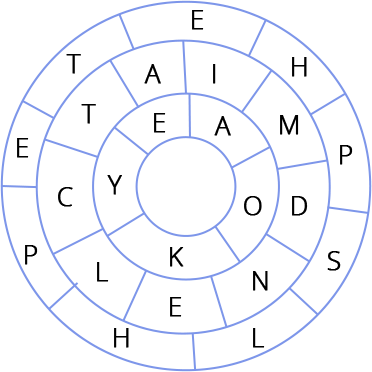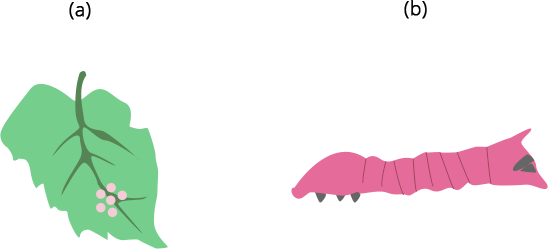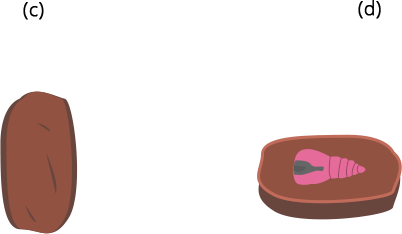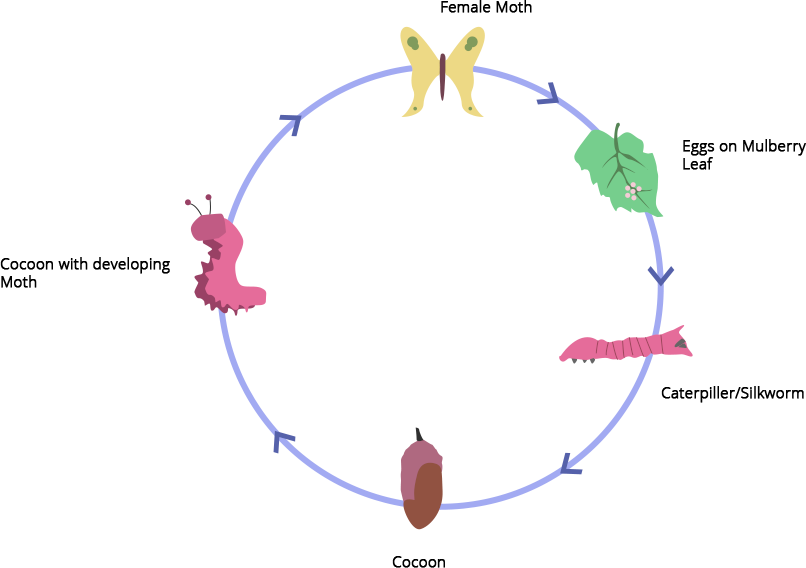Class 7 Science NCERT Exemplar Solutions Chapter 3 Fibre to Fabric
FAQs on NCERT Exemplar for Class 7 Science Solutions Chapter 3 Fibre to Fabric
1. From where can I download the NCERT Exemplar Class 7 Science Solutions Chapter 3 Fiber to Fabric?
To download the NCERT Exemplar Class 7 Science Solutions Chapter 3 Fiber to Fabric you can visit Vedantu’s website or mobile application. Vedantu provides you with the PDF format of the NCERT Exemplar Class 7 Science Solutions Chapter 3 Fiber to Fabric free of cost. Apart from these solutions, Vedantu offers plenty of Class 7 study material such as revision notes, NCERT solutions, important questions, etc. for free. You can start by signing up on our website. Then, you can download as much study material as you need to prepare for your exams.
2. Is NCERT Exemplar Class 7 Science Solutions Chapter 3 Fiber to Fabric necessary?
Yes, the NCERT Exemplar Class 7 Science Solutions Chapter 3 Fiber to Fabric is quite necessary for all students. Fiber to Fabric is an essential part of your syllabus, which you should not miss. The NCERT Exemplar Class 7 Science Solutions Chapter 3 Fiber to Fabric will provide you with plenty of questions to practice and prepare for your exams. With the PDF file of these solutions, you can enhance your knowledge of concepts that come under the NCERT Chapter - 3 Fiber and Fabric.
3. How will the NCERT Exemplar Class 7 Science Solutions Chapter 3 Fiber to Fabric help me?
The NCERT Exemplar Class 7 Science Solutions Chapter 3 Fiber to Fabric can be extremely helpful in your exam preparations. After you have solved the textbook questions, you might need more questions to practice and strengthen your grasp of the chapter. This is where the NCERT Exemplar Class 7 Science Solutions Chapter 3 Fiber to Fabric PDF comes in. You can use this PDF to explore more questions related to Fibers and Fabrics and get a much better understanding of all the topics.
4. Is the NCERT Exemplar Class 7 Science Solutions Chapter 3 Fiber to Fabric reliable?
Yes, the NCERT Exemplar Class 7 Science Solutions Chapter 3 Fiber to Fabric is a reliable option for revision. There are plenty of questions, along with their detailed answers, available in the NCERT Exemplar Class 7 Science Solutions Chapter 3 Fiber to Fabric PDF. These answers are curated by our in-house teachers and experts who have researched thoroughly to provide you with authentic revision material. Moreover, once you go through the PDF, you will have a clear idea of what type of questions can come in your Class 7 exam.
5. Can I skip the NCERT Exemplar Class 7 Science Solutions Chapter 3 Fiber to Fabric?
No, you should not skip the NCERT Exemplar Class 7 Science Solutions Chapter 3 Fiber to Fabric. Studying from the textbook alone might not be enough to fully prepare yourself for the exams. To get better, you will need as much study material as you can get. That is why the NCERT Exemplar Class 7 Science Solutions Chapter 3 Fiber to Fabric is an essential part of your revision. Moreover, the chapter carries significant weightage in your exams. That is why skipping the NCERT Exemplar Class 7 Science Solutions Chapter 3 Fiber to Fabric is not a good idea.




























